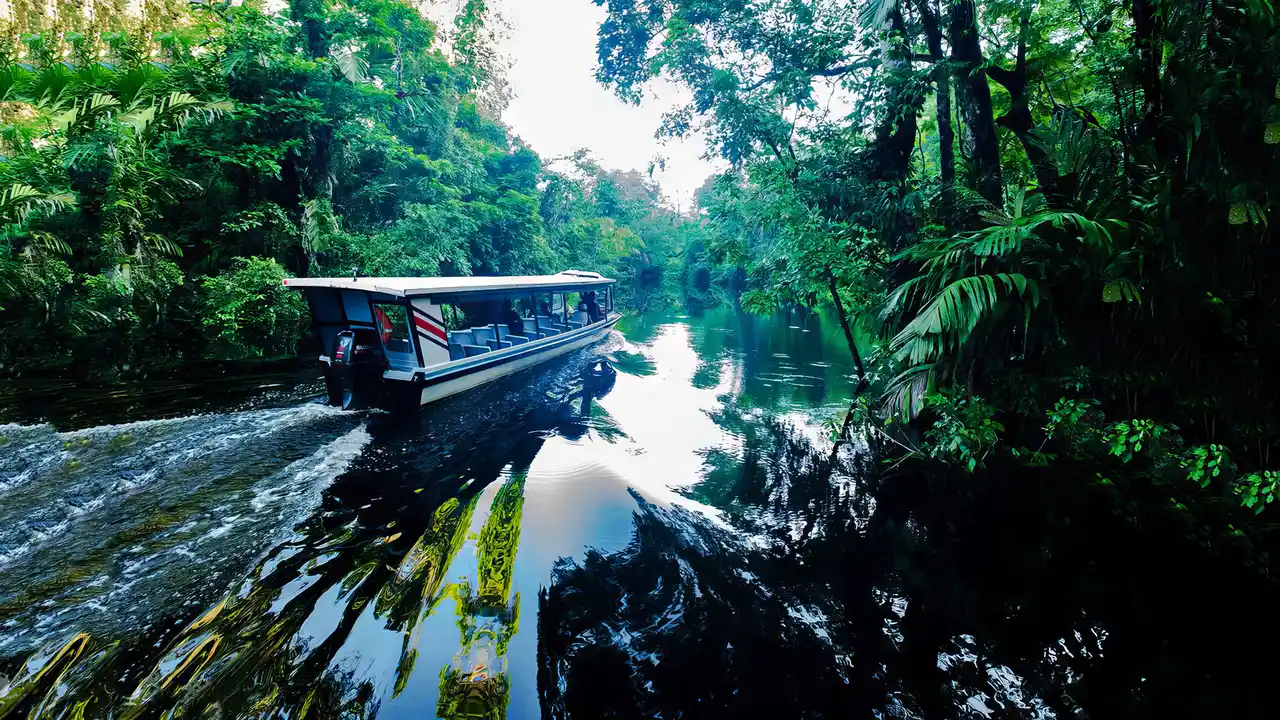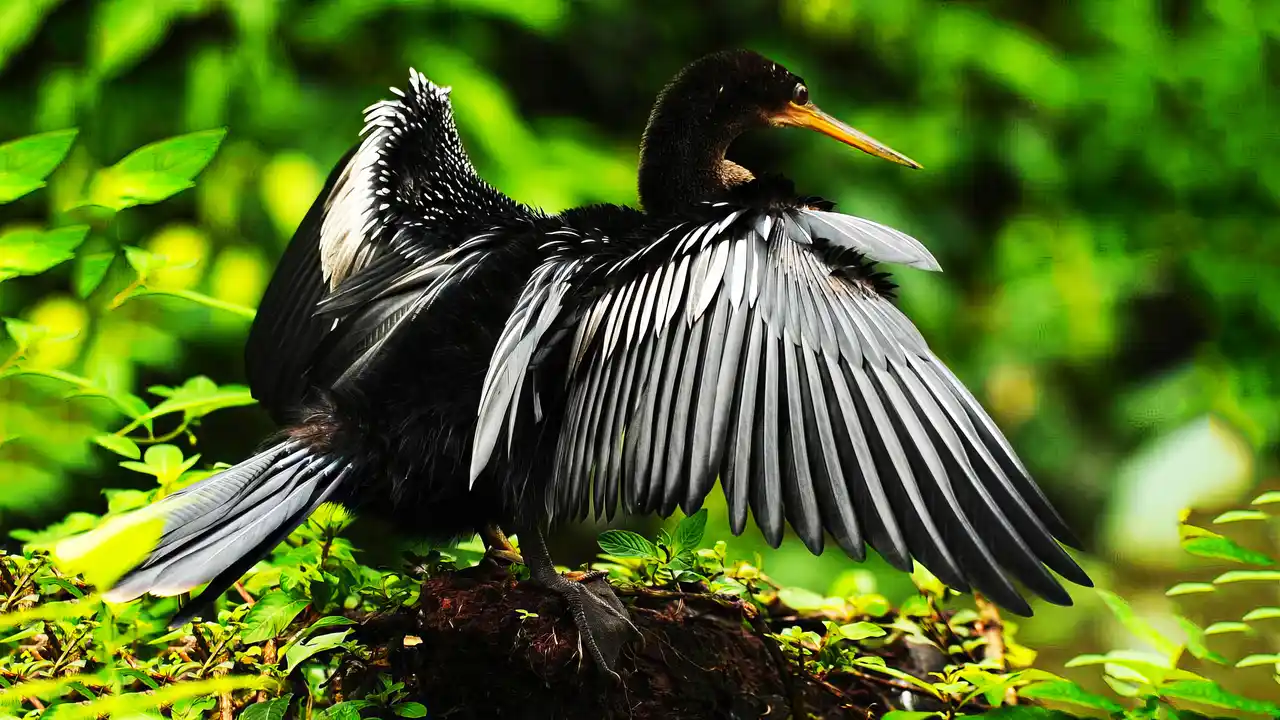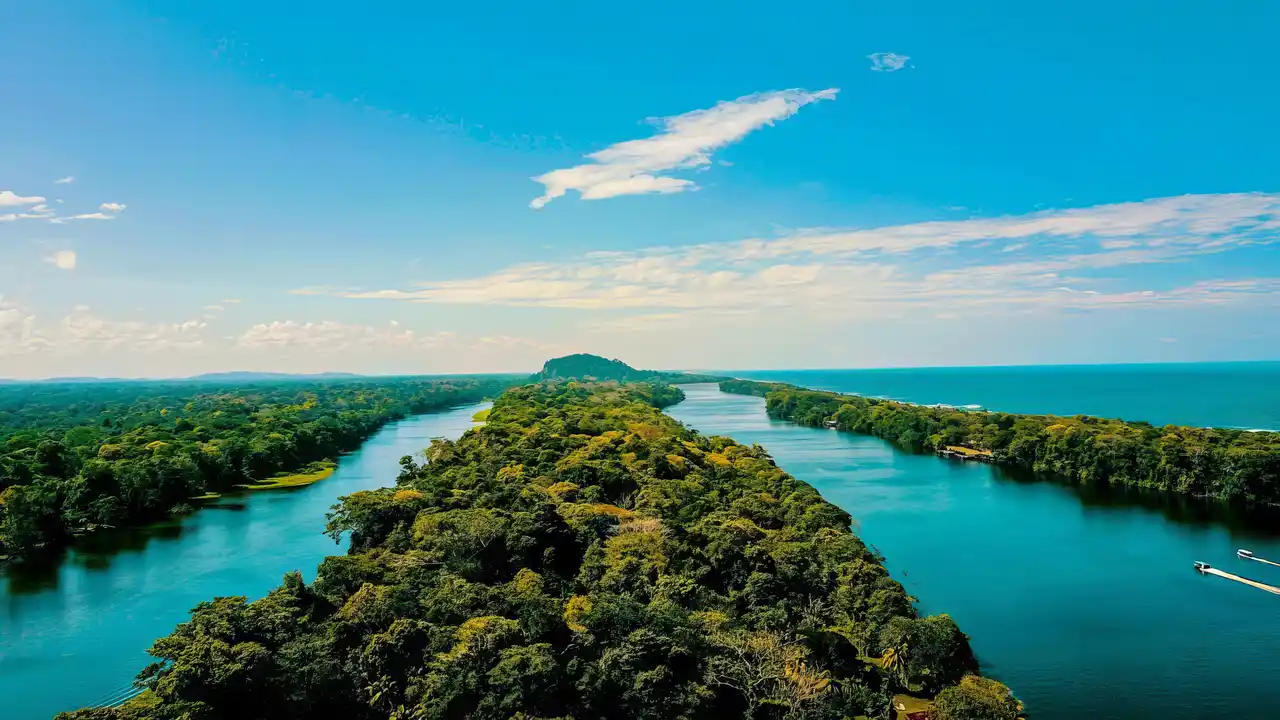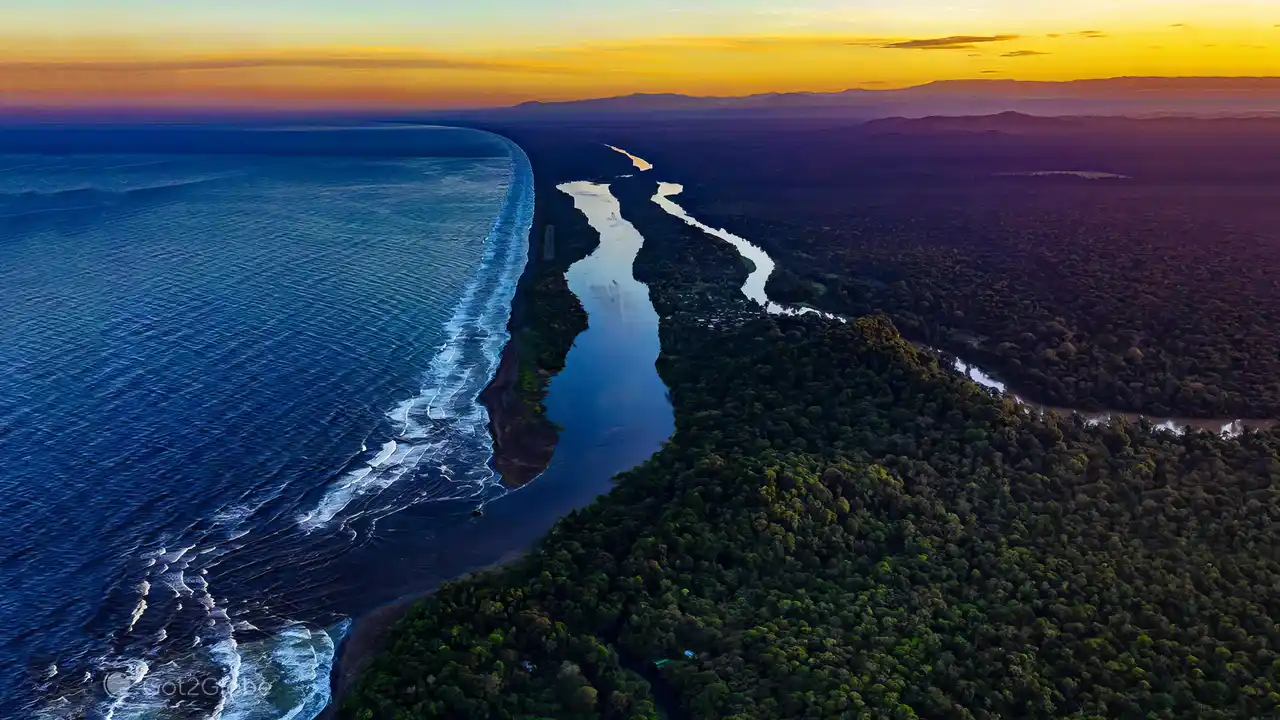TORTUGUERO
Tortuguero National Park is a national park in the Limón Province of Costa Rica. It is situated within the Tortuguero Conservation Area of the northeastern part of the country. Despite its remote location, reachable only by airplane or boat, it is the third-most visited park in Costa Rica. The park has a large variety of biological diversity due to the existence within the reserve of eleven different habitats, including rainforest, mangrove forests, swamps, beaches, and lagoons. Located in a tropical climate, it is very humid, and receives up to 250 inches (6,400 mm) of rain a year.
The park, a protected area within the northeastern Caribbean wetlands, was recognized under Ramsar Convention on 3 March 1991 for its rich biological diversity and ecosystems that support threatened flora and fauna species. Set in a natural wetland of the Caribbean coast, it forms a corridor with another protected area, the Indio Maíz Biological Reserve of Nicaragua. It is a key Ramsar Site.
The national park's wild life consists of birds, mammals, fungi, ferns, marine life, sea turtles, lakes and rainforest. Tortuguero National Park acts as a refuge to many of these species which are also found in the La Selva Biological Station and Braulio Carrillo National Park. Threatened animals species in the reserve area are: the American crocodile (Crocodylus acutus), Baird's tapir (Tapirus bairdii), marine turtles such as Chelonia mydas and Dermochelys coriacea, the manatee or sea cow (Trichechus manatus) (the northeastern Caribbean wetland is its local feeding and reproduction area) and the tropical gar (Atractosteus tropicus) a living fossil brought under protection by Costa Rican legislation. The park is a breeding ground along the Caribbean coast of Costa Rica for many of the main fishes used in subsistence fishing.






